Importance of pleura during respiration
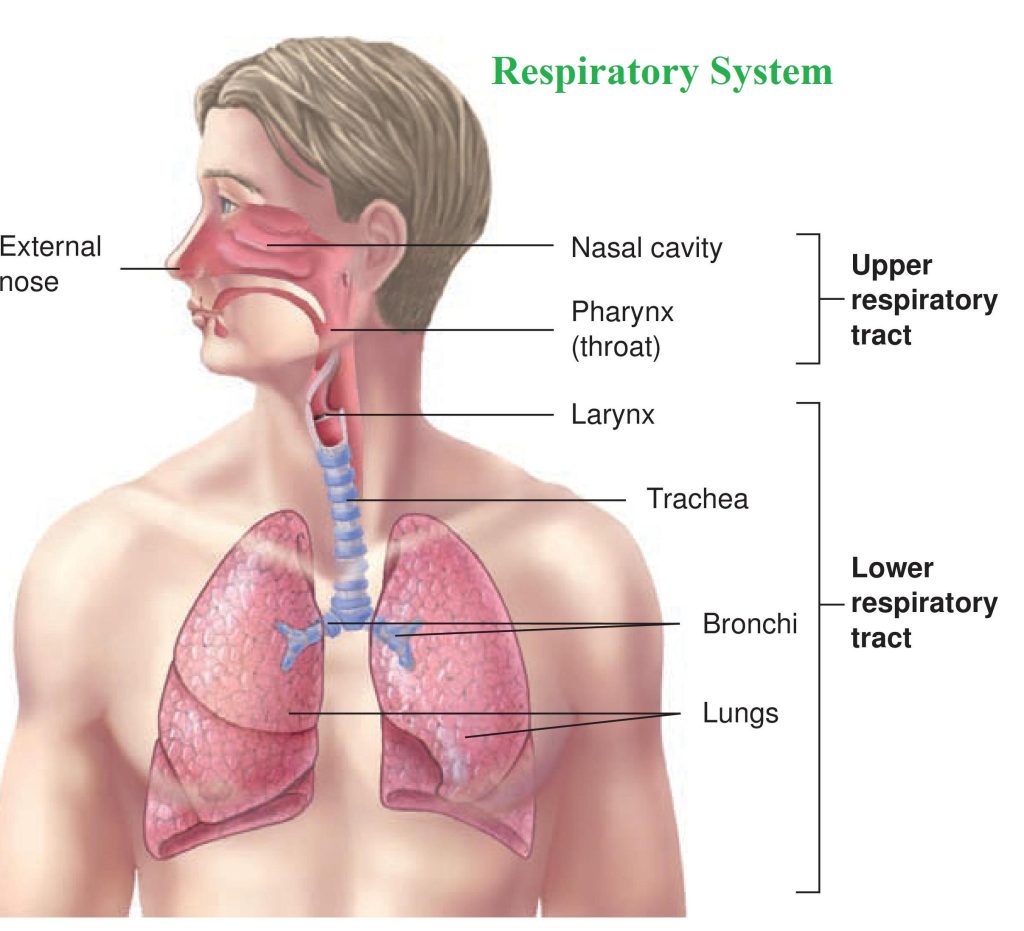
The pleura fluid itself has a slightly adhesive quality that helps draw the lungs outward during inhalation rather than slipping round in the chest cavity. In addition, pleural fluid creates surface tension that helps maintain the position of the lungs against the chest wall.
Tendon

A tendon is a fibrous connective tissue that attaches muscle to bone. Tendons may also attach muscles to structures such as the eyeball. A tendon serves to move the bone or structure.
Cartilage
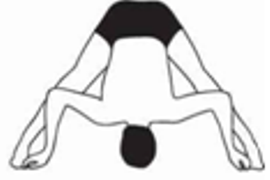
Cartilage is the main type of connective tissue seen throughout the body. It serves a variety of structural and functional purposes and exists in different types throughout our joints, bones, spine, lungs, ears and nose
Isotonic Contraction
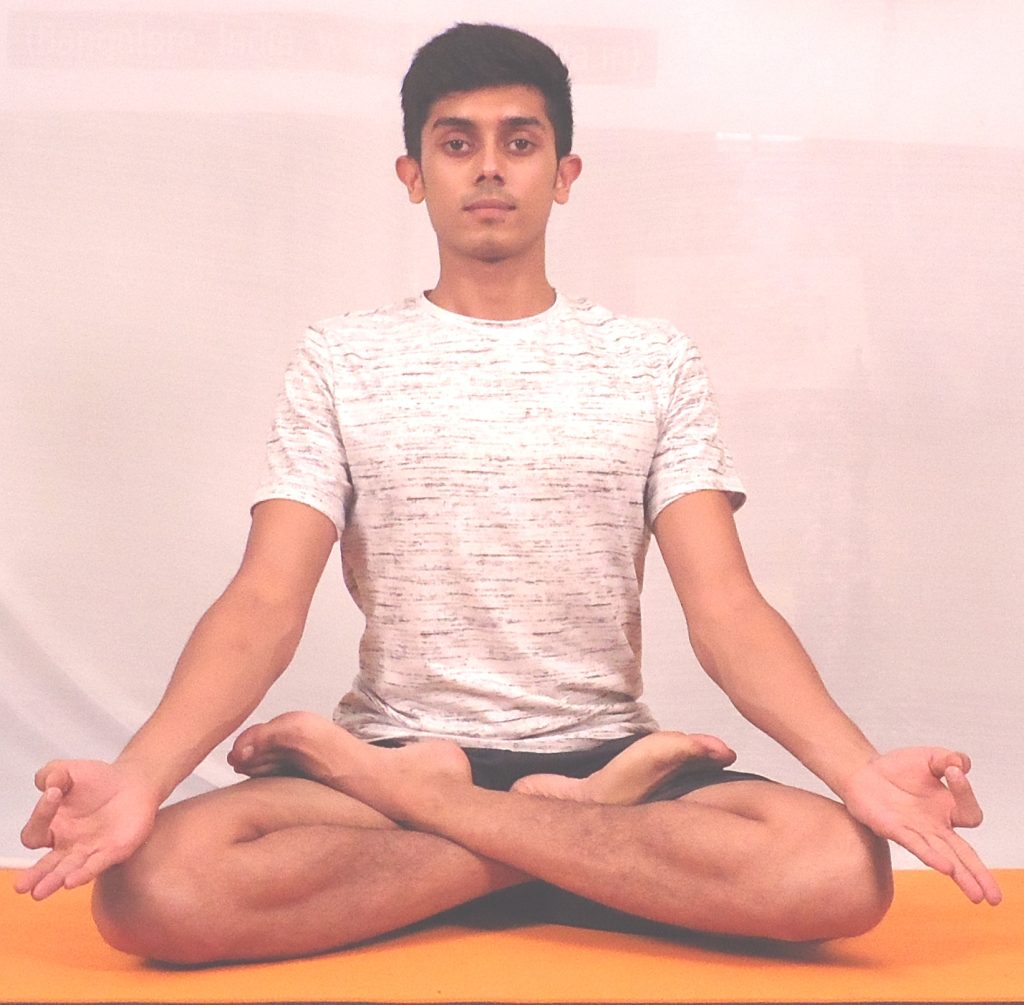
This is a contraction in which movement does take place, because the tension generated by the contracting muscle exceeds the load on the muscle. This occurs when you use your muscles to successfully push or pull an object. Example: From Hasta utthatasana to padahastasana and bridge to chakrasana. In this pose, muscle extend and then […]
Isometric Contraction

This is a contraction in which no movement takes place, because the load on the muscle exceeds the tension generated by the contracting muscle. This occurs when a muscle attempts to push or pull an immovable object. Example: Plank pose. In this pose the muscles are working, but not actively changing lengths.
anaerobic exercise and hatha yoga practices.

Anaerobic is performed in the absence of oxygen at a maximal intensity that can only be sustained for a short period of time due to the build up of lactic acid, e.g. sprinting. This happens without oxygen, fuel comes from muscle storage and is short, highly intense and burns fat directly. On the other hand, […]
aerobic exercise and hatha yoga practices.
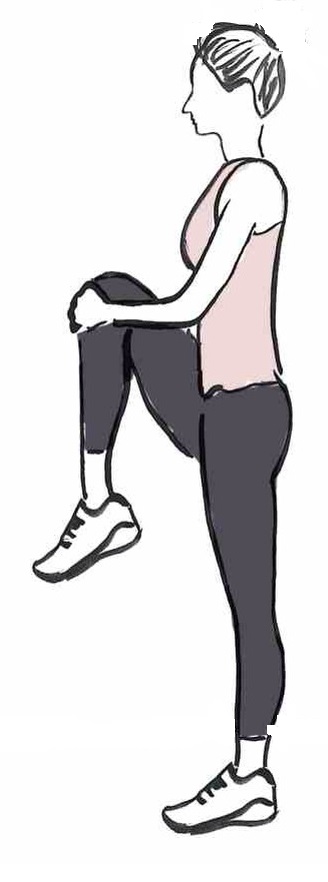
Aerobic exercise is performed in the presence of oxygen at a submaximal intensity over a prolonged period of time, e.g. rowing. Yoga is necessary to control and regulate breath, which is related to prana flow. Aerobics puts pressure on your joints and can increase the risk of joint injuries. On the other hand, yoga strengthens […]
anaerobic hatha yoga.

Anaerobic is performed in the absence of oxygen (It uses carbohydrate and minimal oxygen) at a maximal intensity that can only be sustained for a short period of time due to the build-up of lactic acid, e.g. sprinting. This happens without oxygen, fuel comes from muscle storage and is short, highly intense and burns fat […]
Aerobic hatha yoga
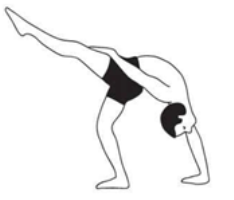
Aerobic yoga is a style of yoga in which the asanas — yoga postures — are sequenced together much faster than they ordinarily would be, in order to get the heart pumping and offer cardiovascular benefits. This takes place with oxygen where carbohydrate and oxygen are used as fuel for the first two minutes after which […]
Fast twitch muscle fiber (type -2), with hatha yoga practices

Fast twitch muscle fiber (type -2), with hatha yoga practices. These are designed for anaerobic exercise and produces large amount of force in a very short time, as they fatigue easily. Performers in power events tend to have a high percentage of fast twitch muscle fibres. Example, Vinyasa
